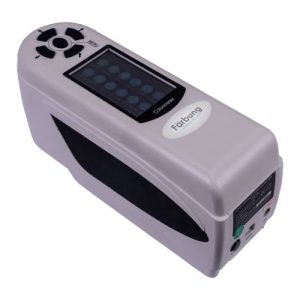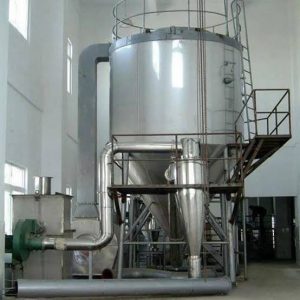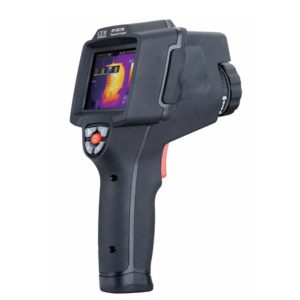Description
Stereo Vision Camera
A Stereo Vision Camera is an advanced imaging system designed to replicate human binocular vision by using two or more lenses (or cameras) placed at a fixed distance apart (known as the baseline) to capture images from slightly different angles. By comparing these images, the system can compute depth information and construct a 3D representation of the environment. This technology forms the core of many modern applications in robotics, autonomous vehicles, augmented reality, industrial inspection, and 3D mapping.
Working Principle
The stereo vision technique is based on triangulation. When two cameras observe a scene from different angles, each object in the scene appears at a different position (disparity) in each image. By analyzing these disparities, the system calculates the distance (depth) to each point in the scene.
Steps involved in stereo vision processing:
Image Acquisition: Two synchronized cameras capture images simultaneously.
Camera Calibration: Parameters such as focal length, lens distortion, and camera alignment are determined and corrected.
Rectification: Images are geometrically aligned so that corresponding points lie on the same horizontal line.
Disparity Mapping: Matching corresponding points in the left and right images to measure disparity.






Reviews
There are no reviews yet.